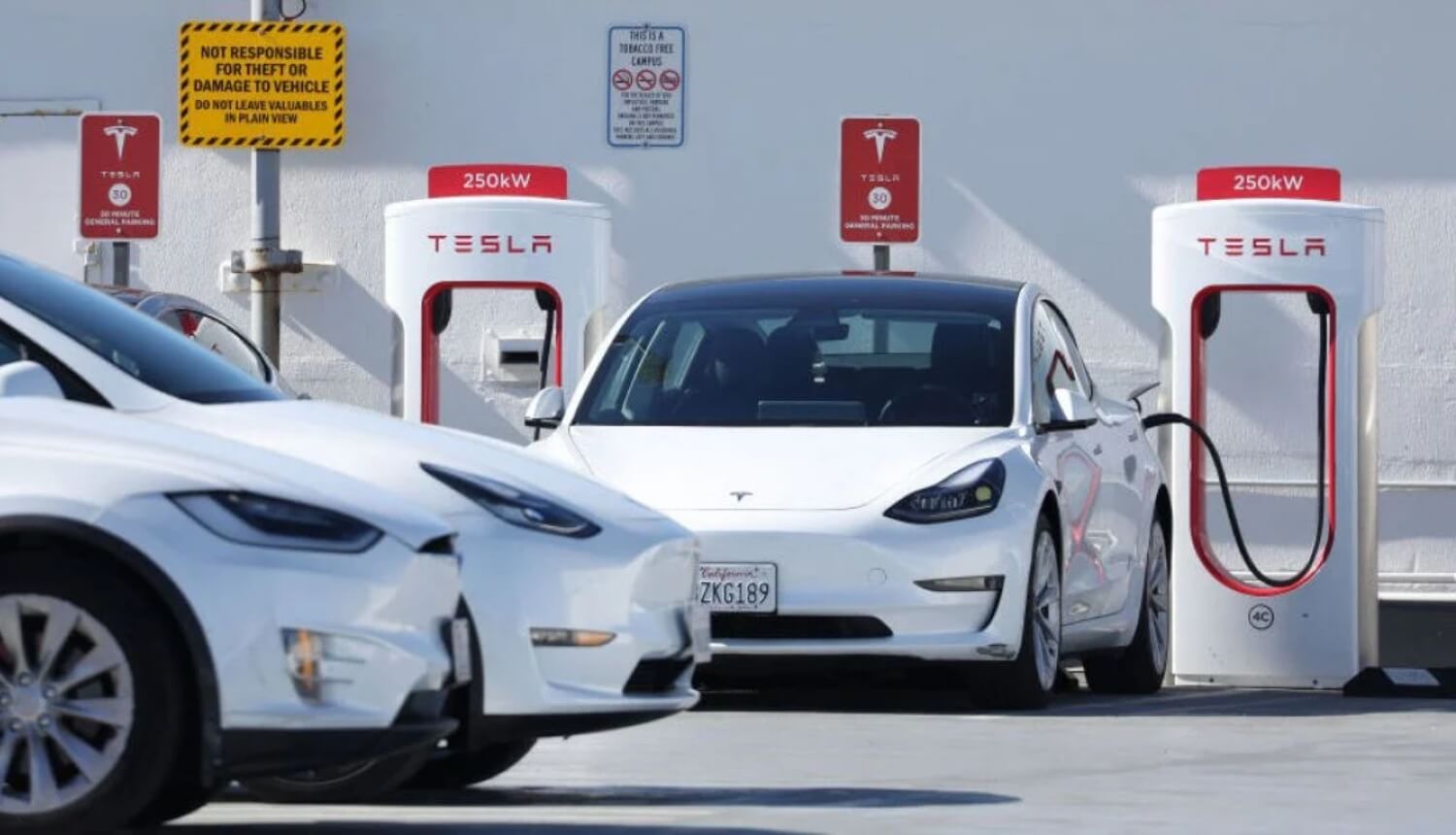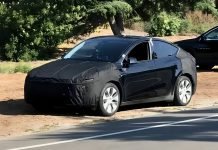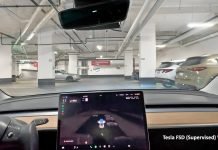Tesla reportedly created a secretive “Diversion Team” to manage an overwhelming influx of driving-range complaints from dissatisfied customers. According to a confidential insider who disclosed this information to Reuters, the team was specifically tasked with thwarting service appointments from owners who were dissatisfied with their vehicles’ driving range performance.
This revelation sheds light on an alleged attempt by the company to suppress complaints and maintain a positive image of its electric vehicles.
The significance of driving range plays a pivotal role in the electric vehicle market. Potential buyers heavily rely on these estimates to assess the practicality and suitability of an electric car for their needs. Range anxiety, the fear of running out of battery power before reaching a charging station, has long been considered a major obstacle to widespread EV adoption.

Table of Contents
Background on Tesla’s Range Estimates
To showcase the capabilities of their cutting-edge electric cars, Tesla adopted a marketing strategy that involved inflating the driving range projections of their vehicles. By providing “rosy” estimates on the dashboard range meters, Tesla aimed to portray its electric cars as capable of traveling greater distances on a fully charged battery, thus alleviating range anxiety among potential buyers.
Algorithms in Range Meters and Elon Musk’s Directive
To achieve these optimistic range projections, Tesla implemented algorithms within the range meters of their electric vehicles. The algorithms were designed to display more ambitious estimates when the battery was fully charged, providing drivers with a sense of reassurance about their vehicle’s range capabilities. This early design of the software would subsequently adjust the range projections to more realistic values once the battery charge dropped below 50%.
Reports suggest that this directive to present rosy range estimates came directly from Tesla’s visionary CEO, Elon Musk. The decision was rooted in Musk’s desire to showcase impressive range figures that could bolster consumer confidence and appeal to potential buyers seeking a viable electric alternative to traditional gasoline-powered cars.
Tesla’s Expanding Vehicle Lineup and Service Demand
Over the years, Tesla’s vehicle lineup expanded significantly, incorporating various models such as the two-door Roadster, the luxury sedan Model S, the affordable Model 3, and the crossover SUV Model Y. With each new model, Tesla attracted a broader customer base, leading to an increase in demand for service appointments.
As Tesla’s electric vehicles gained popularity and more units hit the roads, the company’s service centers became inundated with appointments from owners seeking assistance with various issues, including driving range complaints. The growing volume of range-related concerns put substantial strain on the service centers, resulting in extended wait times for customers seeking resolution.
In response to the mounting pressure on service centers, Tesla reportedly established the “Diversion Team” in Las Vegas. This team’s primary objective was to manage the high volume of driving-range complaints and cancel as many service appointments as possible. By diverting appointments, the team aimed to mitigate the pressure on Tesla’s service centers and potentially reduce the associated costs for the company.
Discovery of the Diversion Team
In March, Alexandre Ponsin embarked on a family road trip from Colorado to California in his newly purchased Tesla Model 3, a used 2021 model. With the advertised driving range of 353 miles on a fully charged battery, Ponsin had high expectations for the electric sport sedan’s performance. However, as he hit the road, he soon realized that he was not getting anywhere close to the promised driving range.
During the journey, Ponsin noticed that his Tesla Model 3 was delivering far less range than he had anticipated, particularly in cold weather conditions. This severe underperformance was deeply concerning to him, as he became convinced that his car might have a serious defect affecting its battery or range capabilities.
Ponsin recounted how he would observe the range number on the dashboard decrease before his eyes, making it evident that his vehicle’s range was falling far short of the advertised figure. The experience left him with a sense of frustration and disappointment, especially considering he had purchased the car with the expectation of a certain driving range.
Concerned about the apparent defect in his vehicle, Ponsin contacted Tesla and promptly booked a service appointment at a location in California. Hoping to resolve the range-related issue, he looked forward to receiving assistance from Tesla’s service team.
However, his optimism soon turned into bewilderment when he received not one but two text messages from Tesla. The messages informed him that “remote diagnostics” had assessed his battery and found it to be functioning fine. Furthermore, he was notified that Tesla had taken the extraordinary step of canceling his scheduled service visit altogether, leaving him with no recourse to address his driving range complaints.
Unbeknownst to Ponsin, this series of events exposed the existence of Tesla’s “Diversion Team.” Behind the scenes, employees had allegedly been instructed to dissuade and cancel service appointments from customers who had raised concerns about their vehicle’s driving range. It appeared that the team’s primary purpose was to prevent customers like Ponsin from bringing their cars in for service regarding range-related issues, thus managing the high number of driving-range complaints faced by Tesla’s service centers.
Ponsin’s experience served as a critical revelation of the alleged actions of the Diversion Team, providing valuable insight into how Tesla addressed the driving range complaints from its customers. In the following section, we will explore the operations and motivations of the Diversion Team, along with its impact on Tesla’s service centers and the company’s overall image.
Unveiling the Diversion Team’s Operations
Amid the surge of driving-range complaints from Tesla owners, the automaker reportedly set up a covert operation known as the “Diversion Team.” Based in Las Vegas, this specialized team was tasked with managing the overwhelming volume of service appointments stemming from dissatisfied customers who had concerns about their vehicle’s driving range performance.
The team’s formation came as a response to the growing demand for service appointments, which put considerable strain on Tesla’s service centers. By centralizing the handling of range-related complaints, Tesla aimed to streamline the process and potentially reduce the load on its service facilities.
The primary objective of Tesla’s Diversion Team was to cancel as many service appointments as possible from customers who had complaints related to driving range. When customers like Alexandre Ponsin sought assistance by booking service appointments for their Tesla vehicles, the team would allegedly intervene to prevent these appointments from materializing.
Tesla’s alleged strategy involved deploying “Virtual Service Advisors” who remotely interacted with customers and assessed their issues. In many cases, the virtual advisors would steer customers away from bringing their vehicles in for physical service, suggesting that their complaints did not warrant an in-person visit. Consequently, customers like Ponsin were left without a means to address their concerns, leading to increased frustration and disillusionment.
Incentives and Tracking Metrics for the Diversion Team
Tesla’s Diversion Team operated under a set of incentives and tracking metrics to motivate its members to effectively manage the driving range complaints. According to reports, the team’s success was measured based on the average number of appointments they managed to divert or cancel per day.
To further incentivize the team’s actions, managers allegedly communicated that the cancellation of each service appointment resulted in cost savings for Tesla. The approximate savings for the company were estimated to be around $1,000 per canceled appointment. This emphasis on cost reduction was likely aimed at justifying the existence and efforts of the Diversion Team within the company’s framework.
Inside the Nevada team’s office, some employees celebrated successful cancellations by striking a metal xylophone, triggering applause from coworkers. This enthusiastic response reflected the team’s focus on meeting their tracking metrics and achieving their goals, effectively diverting customers with driving range complaints away from Tesla’s service centers.
The existence and alleged activities of the Diversion Team raised questions about Tesla’s approach to handling customer concerns and its commitment to addressing legitimate issues faced by its owners. In the subsequent section, we will explore the implications of these actions on Tesla’s reputation and consumer trust in the electric vehicle industry.
Tesla’s Approach to Range Estimates
Tesla’s approach to range estimates has been marked by intentional inflation of in-dash range-meter projections. The company’s algorithms were designed to display “rosy” projections of driving range when the battery was fully charged, offering drivers a more optimistic view of their vehicle’s capabilities. This strategy aimed to build consumer confidence and attract potential buyers by presenting impressive range numbers.
In contrast to Tesla’s approach, many other automakers, including Ford, Mercedes, and Porsche, have opted to rely on the Environmental Protection Agency’s (EPA) formula to calculate potential range estimates for their electric vehicles. The EPA formula, used for labeling fuel efficiency in miles-per-gallon equivalent (MPGe), generally produces more conservative and realistic estimates.
The EPA has been involved in overseeing and regulating range estimates provided by automakers. In response to audits and testing, the EPA required Tesla to adjust its estimated ranges for some of its models since the 2020 model year. The adjustments, averaging about 3%, reflected differences between Tesla’s initial range estimates and the results of separate tests conducted by the agency.
Experts’ Findings and Consequences
Experts conducted a study of 21 different electric vehicle brands, revealing that the cars fell short of their advertised ranges by an average of 12.5% in highway driving. Among the brands tested, Tesla’s models posted the worst performance, averaging a 26% shortfall from their advertised ranges. These findings highlight concerns about the accuracy and transparency of range estimates in the electric vehicle market.
South Korean regulators took action against Tesla for false advertising related to driving ranges. The Korea Fair Trade Commission fined Tesla approximately $2.1 million for failing to disclose that cold weather could significantly reduce its cars’ driving range. The regulators cited tests by the country’s environment ministry showing substantial range reductions in cold weather conditions, leading to fines and mandatory changes to Tesla’s advertising.
These expert findings and consequences underscore the importance of transparent and accurate range estimates in building consumer trust and confidence in the electric vehicle industry. Tesla’s approach to range estimates, as well as the actions taken by regulators, could significantly impact the company’s reputation and consumer perceptions of electric vehicles as a viable and practical transportation option.
The Importance of Transparency and Consumer Trust
Accurate range estimates play a pivotal role in shaping consumers’ confidence and decision-making when considering electric vehicles. Potential buyers heavily rely on these projections to assess the practicality and suitability of an electric car for their daily needs. Tesla’s alleged intentional inflation of driving range estimates, combined with the actions of the Diversion Team to suppress complaints, could erode consumer trust and undermine the credibility of the electric vehicle market.
Maintaining consumer trust is crucial for the long-term success and growth of the electric vehicle market. To foster trust, automakers must adopt transparent and honest practices when presenting range estimates and addressing customer concerns. Open communication and genuine efforts to resolve issues are essential to create a positive customer experience and cultivate brand loyalty.
Conclusion
Accurate range estimates are pivotal in influencing consumer confidence and adoption of electric vehicles. Customers rely on these projections to make informed decisions about their vehicle purchase. Ensuring transparency and honesty in range estimations is paramount for building trust with potential buyers and establishing a positive perception of electric vehicles as a viable and dependable mode of transportation.
It is worth noting that despite detailed questions from Reuters about these allegations, neither Tesla nor CEO Elon Musk responded. The lack of response adds further significance to the need for openness and accountability within the industry.
As the electric vehicle market continues to evolve, addressing driving range concerns and promoting transparent practices will be vital in winning over consumers and advancing the widespread adoption of environmentally friendly transportation solutions.


















